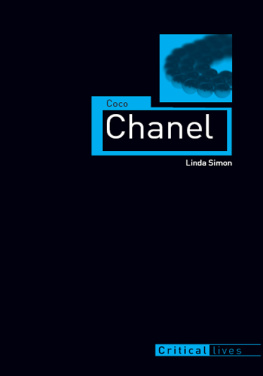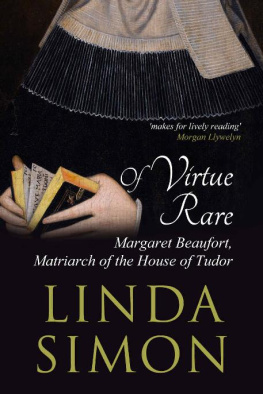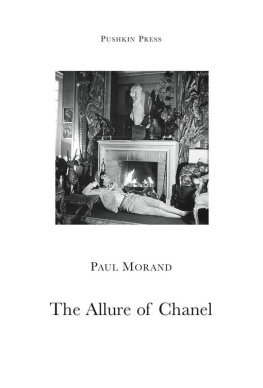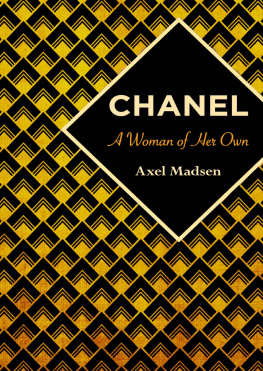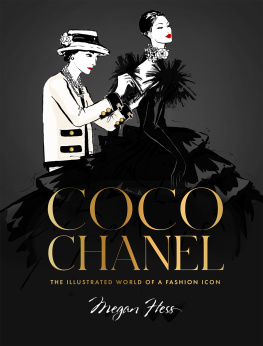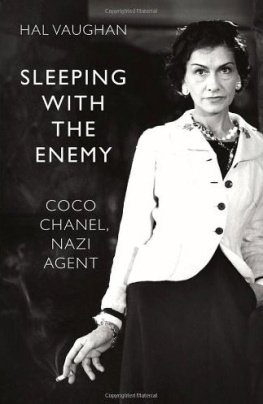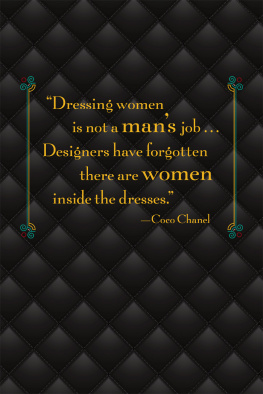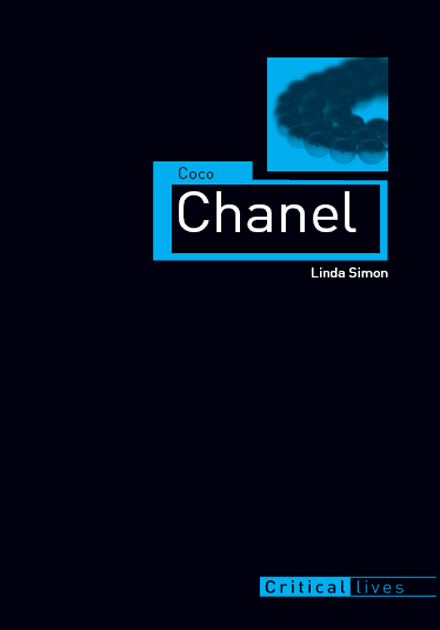Linda Simon - Coco Chanel
Here you can read online Linda Simon - Coco Chanel full text of the book (entire story) in english for free. Download pdf and epub, get meaning, cover and reviews about this ebook. year: 2011, publisher: Reaktion Books, genre: Non-fiction. Description of the work, (preface) as well as reviews are available. Best literature library LitArk.com created for fans of good reading and offers a wide selection of genres:
Romance novel
Science fiction
Adventure
Detective
Science
History
Home and family
Prose
Art
Politics
Computer
Non-fiction
Religion
Business
Children
Humor
Choose a favorite category and find really read worthwhile books. Enjoy immersion in the world of imagination, feel the emotions of the characters or learn something new for yourself, make an fascinating discovery.
- Book:Coco Chanel
- Author:
- Publisher:Reaktion Books
- Genre:
- Year:2011
- Rating:3 / 5
- Favourites:Add to favourites
- Your mark:
Coco Chanel: summary, description and annotation
We offer to read an annotation, description, summary or preface (depends on what the author of the book "Coco Chanel" wrote himself). If you haven't found the necessary information about the book — write in the comments, we will try to find it.
The name Chanel brings immediately to mind the signature scent of No. 5 and the understated but sophisticated glamour of a simple black dress and pearls. But to consider Gabrielle Coco Chanel (18831971) as simply a fashion designer fails to capture her social and cultural significance. As Linda Simon reveals in this biography, Chanel was an iconoclastic entrepreneur who rebelled against and manipulated gender expectations of her time. With her menswear-inspired designs, her loose jersey sweaters belted jauntily at the waist, and her svelte, unadorned gowns, Chanel changed womens silhouettes, and she became known as a champion of womens freedom. Chanel not only changed the shape of womens clothing, but the narrative of womens lives in the early twentieth century. From her very first hat shop until her death, Chanel sold more than fashionshe sold a myth that became as attractive for many women as her coveted outfits.
Simon here teases apart that myth to explore its contradictionsChanel was a self-proclaimed recluse who emerged as one of the most spectacular personalities of her time; she was a brilliant businesswoman who signed away ninety percent of her company; and she was a genius who claimed she was nothing more than an artisan. In this insightful book, Simon examines the world both reflected and shaped by Chanel, setting her life and work within the context of womens history in France and America from the Roaring Twenties to the profound social changes of the 1960s. Drawing upon rich archival sources, Simons lively book is a clear-eyed look at a woman whose influence and legend transcend the world of fashion.
Linda Simon: author's other books
Who wrote Coco Chanel? Find out the surname, the name of the author of the book and a list of all author's works by series.

